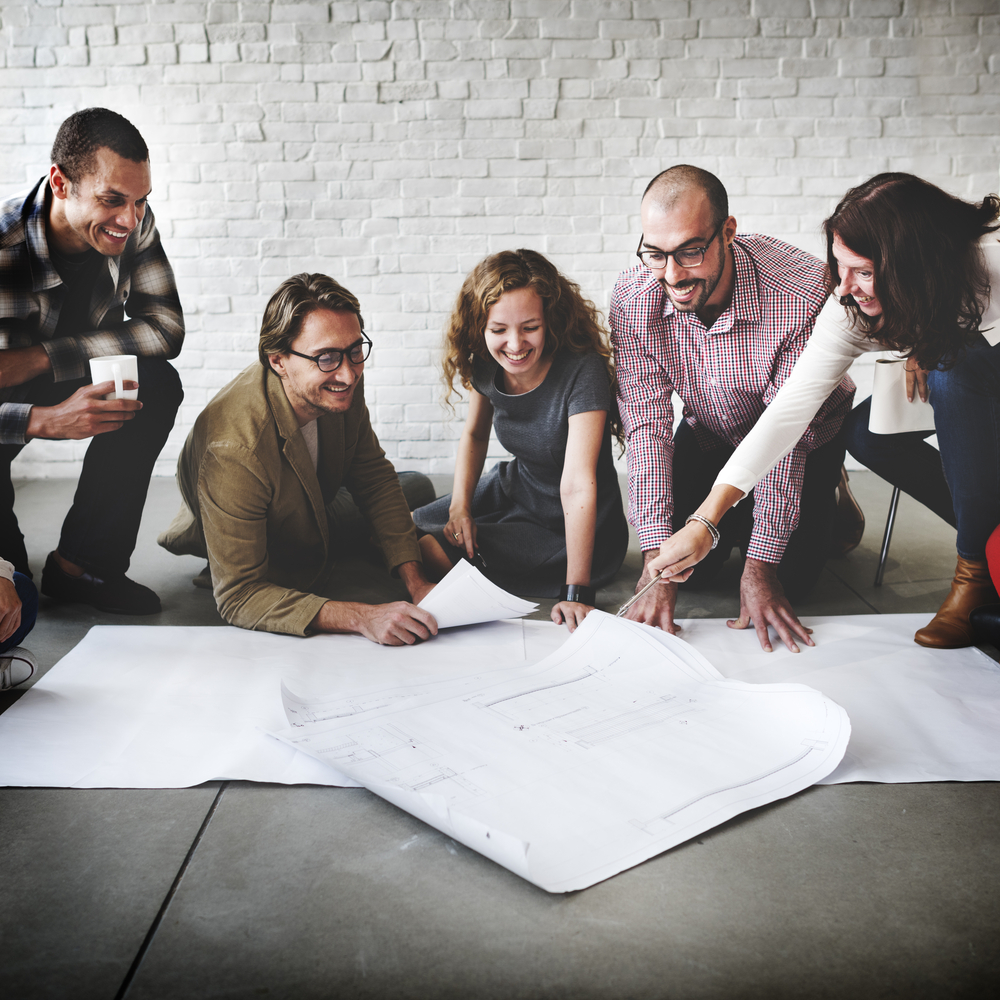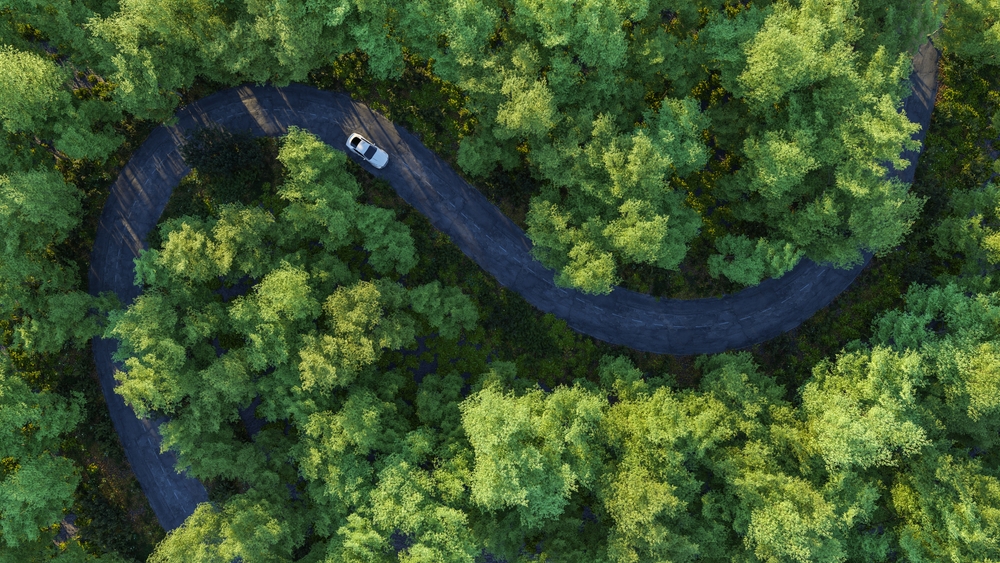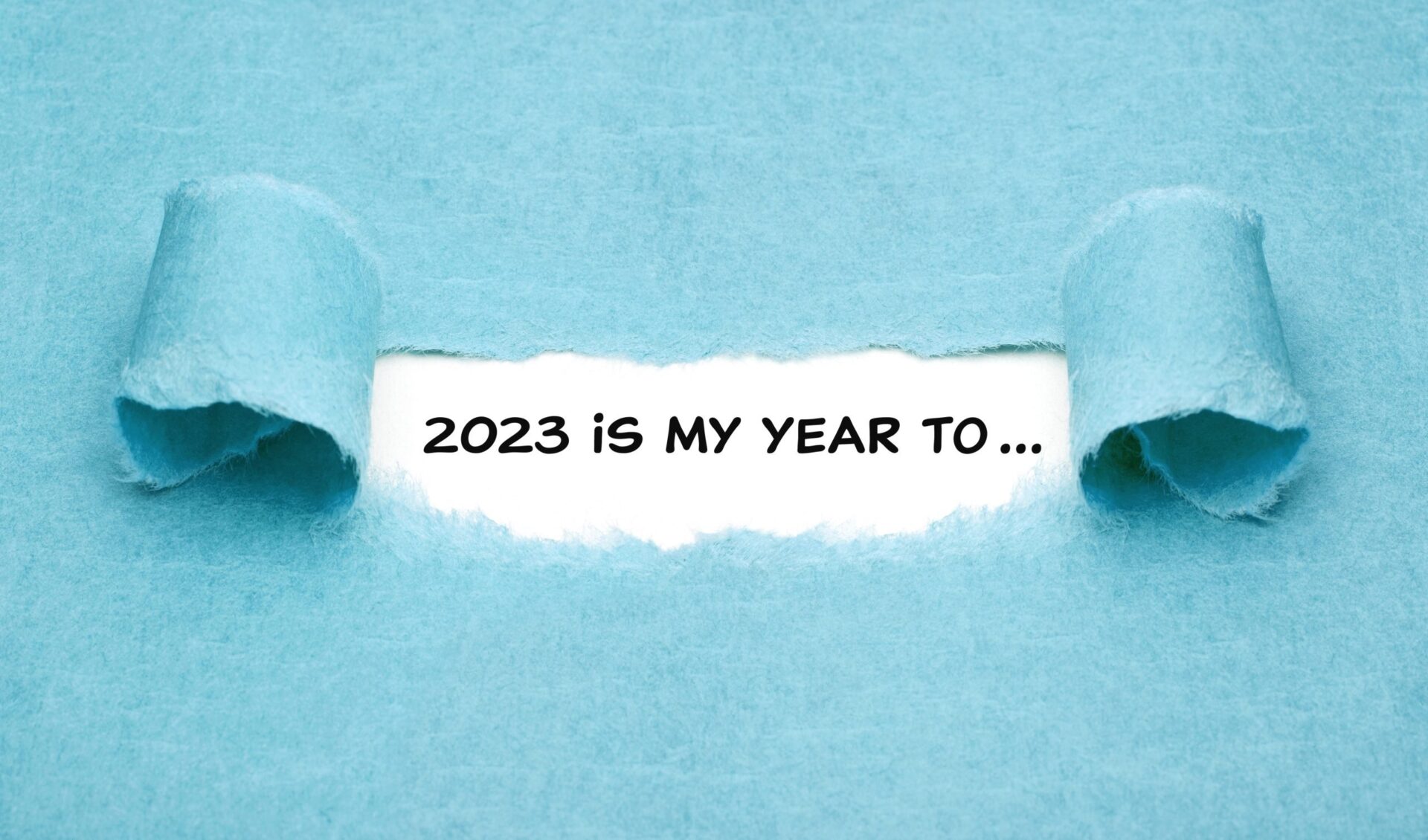The lighting of a fire
How do people learn? How do you learn? If I think back to my schooldays and even university it was about listening to an authority figure (a teacher or lecturer) and trying to absorb as much of what they were telling me as possible. Luckily, I was quite good at this and was able to retain a lot of facts and pass exams that tested these facts quite easily. But is this really learning?
Training to teach English as a foreign language showed me that another way was possible. We were taught about the ‘communicative approach,’ where the teacher minimises her own input in favour of maximising opportunities for real communication among the students. This more active approach to learning, where learners are engaged and ‘make their own meaning’ contrasts with the passive approach that I experienced at school and university. In W.B. Yeats’s memorable formulation, it is the difference between lighting a fire and filling a pail.
In this article, I want to explore another form of active learning which, I believe, is the most effective way of ‘lighting a fire’ in adult learners.
What is experiential learning?
Experiential learning is learning by reflecting on doing. So, for example, a learner or group of learners is given a task (coaching a colleague using the GROW model, say), performs the task and then analyses their performance. These are the first two stages of David Kolb’s well-known Experiential Learning Cycle, what he calls ‘concrete experience’ and ‘reflective observation.’ These are followed in the cycle by ‘abstract conceptualisation’ (for example, “I need to use shorter questions and resist the urge to give advice when coaching a colleague”) and active experimentation (the learner can use the GROW model in their next performance conversation at work).
Exploring Cynefin, experientially
Although I mostly work from home, I was fortunate to spend several days at Roffey Park Institute’s base in Horsham last month. It was the perfect opportunity to re-connect with colleagues and try out some experiential learning activities of our own. One of these was on Cynefin – a framework used by leaders to make sense of simple, complex, complicated and chaotic environments.
Including our facilitator, there were eight of us and three rounds (‘concrete experiences’) to the activity. After each round, there was a debrief (‘reflective observation’). If this all sounds quite academic, it really wasn’t – we were outside in the Spring sunshine and having a lot of fun!
In the first round, the facilitator asked us to arrange ourselves by height. It was a clear instruction that only took us a few seconds. In the second round, we had to arrange ourselves by height AND birthday. More complicated, but still – after a few minutes we were able to do it. The final round was totally different. Each person had to imagine that they were the ‘Earth’ and then choose one colleague to be their ‘moon’ and another to be their ‘sun.’ We then had to get into a position where the Earth, moon and sun were in alignment (causing an eclipse). With eight Earths and multiple moons and suns, this led to five minutes of absolute chaos! Needless to say, we weren’t able to complete this task.
The most meaningful part of the activity for me was the debriefs, where we reflected on our own behaviour and discussed how effectively we worked as a team. One takeaway from my own leadership development was to try and resist the urge to impose order on complex situations and to let things emerge naturally. I perhaps could have arrived at a similar insight if I had read Dave Snowden’s book on Cynefin, but getting there wouldn’t have been so memorable, resonant or fun. And that is the power of experiential learning.
What’s next for experiential learning?
Experiential learning already has a long history (Aristotle mentions ‘learning by doing’ in the Nichomachean Ethics) and it looks set to play a leading role in how people learn in the future. A recent article from the World Economic Forum, for example, suggested that experiential learning and virtual reality (VR) will ‘allow students to immerse themselves in an interactive experience where they can visualise their actions’ outcomes first hand.’ In this case, the authors are referring to schools, but the same is true for workplace learning.
When I was based in Singapore, for example, a colleague introduced me to the ‘Barry Demo’ a VR programme that lets HR professionals practice difficult conversations in a virtual setting (in this case making ‘Barry’ redundant). Though in its infancy, this kind of technology takes the role-plays and simulations we are all familiar with to a completely new space. And a more effective space, according to a study from PwC, where participants on an experiential virtual learning programme reported being more focused, more emotionally connected and more confident to act on what they learned.
The technology may be new, but the power of experiential learning remains the same.





